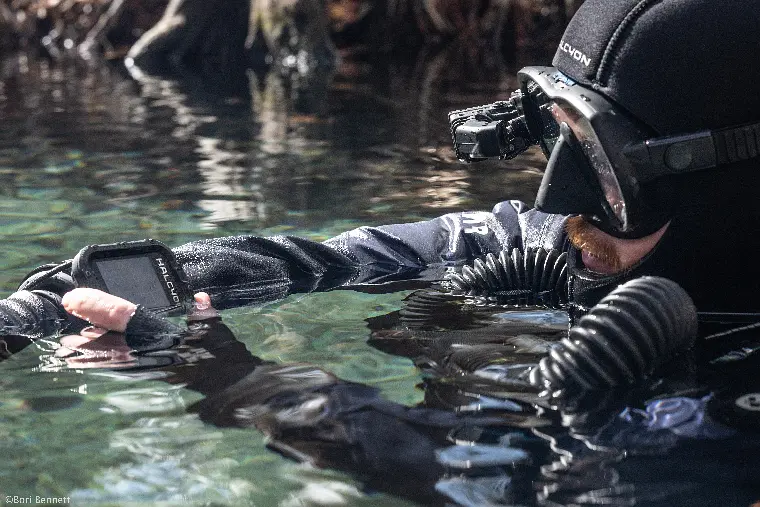Definitely not. Different frequency (125 kHz vs 38 kHz of the MH8A), different signal protocol (e.g., error-checking). Electronics have progressed in 30 years, but the physics are the same.I have read that the Halcyon transmitters are MH8A-compatible, but have not had the chans to test myself.
You are using an out of date browser. It may not display this or other websites correctly.
You should upgrade or use an alternative browser.
You should upgrade or use an alternative browser.
Are Pressure Transmitters compatible across brands?
- Thread starter drewh1
- Start date
Please register or login
Welcome to ScubaBoard, the world's largest scuba diving community. Registration is not required to read the forums, but we encourage you to join. Joining has its benefits and enables you to participate in the discussions.
Benefits of registering include
- Ability to post and comment on topics and discussions.
- A Free photo gallery to share your dive photos with the world.
- You can make this box go away
Definitely not. Different frequency (125 kHz vs 38 kHz of the MH8A),
I see. Thanks!
different signal protocol (e.g., error-checking).
What is new different, and what +/- with the new protocols?
What is new different, and what +/- with the new protocols?

Revolutionizing UW Wireless Communication
Arne Sieber and Jarrod Jablonski unveil the Halcyon SYMBIOS Ecosystem—a magnetic-induction, dual-axis wireless platform that frees rebreather data from cables and flaky acoustics. By pairing high-speed induction coils with redundant processors and orientation-agnostic antennas, SYMBIOS pushes...
 indepthmag.com
indepthmag.com
The article says, in answer to your question [my comments are in square brackets, in italics]
Data Transfer and Efficiency: 10x Faster
While older magnetic systems operate at 5–40 kHz [such as MH8A] and deliver data rates of 200 to 1,000 bits per second, the SYMBIOS CCR transmits at 125 kHz, achieving a data rate of up to 10,000 bits per second (10 kbit/s).
This higher frequency [125kHz versus 38kHz] allows:
- Shorter data packets (e.g., a 5 ms transmission for critical tank pressure)
- Lower probability of data collision even in multi-transmitter environments
- High-resolution, high-frequency updates essential for real-time PO₂ management and system health monitoring
Crucially, the system includes an integrated checksum and error correction algorithm, which not only detects corrupted transmissions but, in many cases, can recover and correct the data on the fly— a feature rare in other magnetic or digital underwater systems. [this is made possible advances in cheips and processing power...hence my comment about electronics advancing over the last 30 years]
The article goes on to explain that they do not send all the data in each transmission; some things ae sent more often, some thing only now and then. This is more efficient but has only been possible with modern encoding schemes and processors/chips.The table at the end of their article summarizes their systems against the MH8A. but even this table needs some skepticism. For example, the MH8A does NOT have "frequent data collisions" as stated. Occasional and rarely critical" would be more accurate.
So the article is a bit of a sales job, but does have some good info in it.
Similar threads
- Replies
- 14
- Views
- 1,395
- Replies
- 0
- Views
- 589
- Replies
- 17
- Views
- 2,889
- Replies
- 3
- Views
- 565
- Replies
- 24
- Views
- 4,598



